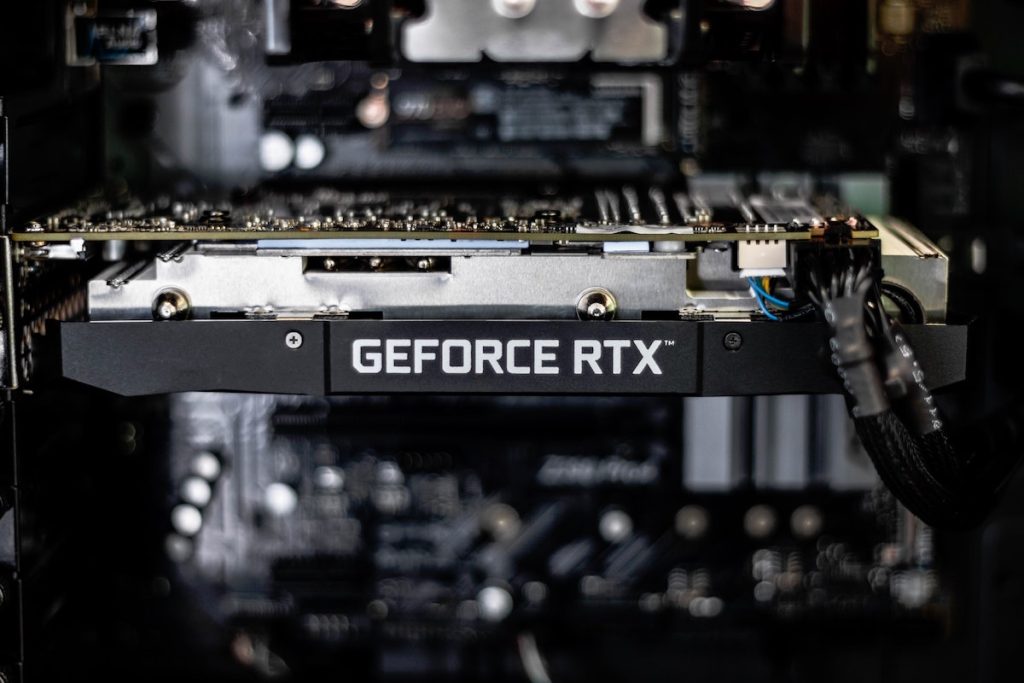Competitive gamers and pro players are in a constant search to keep their PCs as fast and responsive as possible. Players looking to perform on a high level are on a similar quest, aiming to cut down on any lag in the games that they play. Typically, that comes from using a high-capacity PC and the right settings, like the best Warzone settings. However, that mainly just deals with getting a great FPS. There is another measure out there that can show how responsive your game is, latency. Latency is how long it takes you to interact with a game and register your input. Nvidia Reflex is a new tool that aims to give you a shortcut to ultra-low latency gaming. This is how it works, what it does, and why you should be using it where possible.

What is Latency in Gaming?
When you’re trying to get the most responsive performance out of your PC you have two measurements to look at. The first is your frame rate. That’s a measurement of how many frames per second your game can render, decent competitive set-ups should be exceeding the normal rates. That’s just how quickly the game’s image is rendered though, it doesn’t measure your ability to interact with the game. You could be getting 240 FPS, but your clicks are taking seconds to register making the frame rate irrelevant. That’s essentially latency, the lag or input delay that occurs between you hitting the button or key and it registering inside of the game.
Latency depends on quite a few things. The first is your physical input lag, that’s how well your gaming mouse and gaming keyboard translates your input into a command inside of the game. Beyond that, we’ve got the latency of how long it takes that to take effect in the game. That latency is what Nvidia Reflex is built to deal with. Latency and responsiveness is a really important part of getting a good performance out of a game, and playing your best.
What is Nvidia Reflex?
Nvidia Reflex is a new feature that has launched alongside the RTX 3000. Nvidia Reflex is a low latency gaming platform. Essentially, it helps you to manage the performance of your system. It reduces latency and optimizes everything to achieve a high performance mode. Nvidia Reflex is a collection of technologies rather than a specific system. It groups together G-Sync, GPU and software adaptations. The end game is considerably lower latency. You’re going to be getting quicker responses from clicks and inputs, allowing for better perciscion.
Nvidia Reflex deals specifically with software as well as controlling hardware. So to use it, you’ll need to be playing games that are compatible with Nvidia Reflex. This includes a lot of games at the moment, but specifically all of the major competitive titles. These are the big ones currently available:
- Fortnite
- Valorant
- Apex Legends
- Call of Duty Black Ops Cold War
- Call of Duty Modern Warfare
- Warzone
How to Improve Your Performance
Nvidia Reflex is going to go a long way towards reducing latency in gaming. However, it isn’t going to be available across the board. Although it will be supported on a great deal of graphics cards. Cards as old as the GTX 900 are going to be able to support Nvidia Reflex. If you want the best results from Nvidia Reflex then you need to be using a newer GPU however. The best GPUs for gaming in 2021 are mainly going to give you the best performance.
On top of Nvidia Reflex, latency is partially affected by your choice of peripherals. You should try to use low-input lag devices. The best gaming mice or best gaming keyboard are a big step in the right direction. Any of these devices that can actually cut down on your input lag is going to be the best choice. Nvidia Reflex is a big step forward, but how you interact with the game is important too. Our guides to the best settings for the top games can help you get everything optimized.
- Best Fortnite Settings
- The Best Apex Legends Settings
- Best Warzone Settings
- The Best Call of Duty Cold War Settings
- Best PUBG Settings
- Best Spellbreak Settings